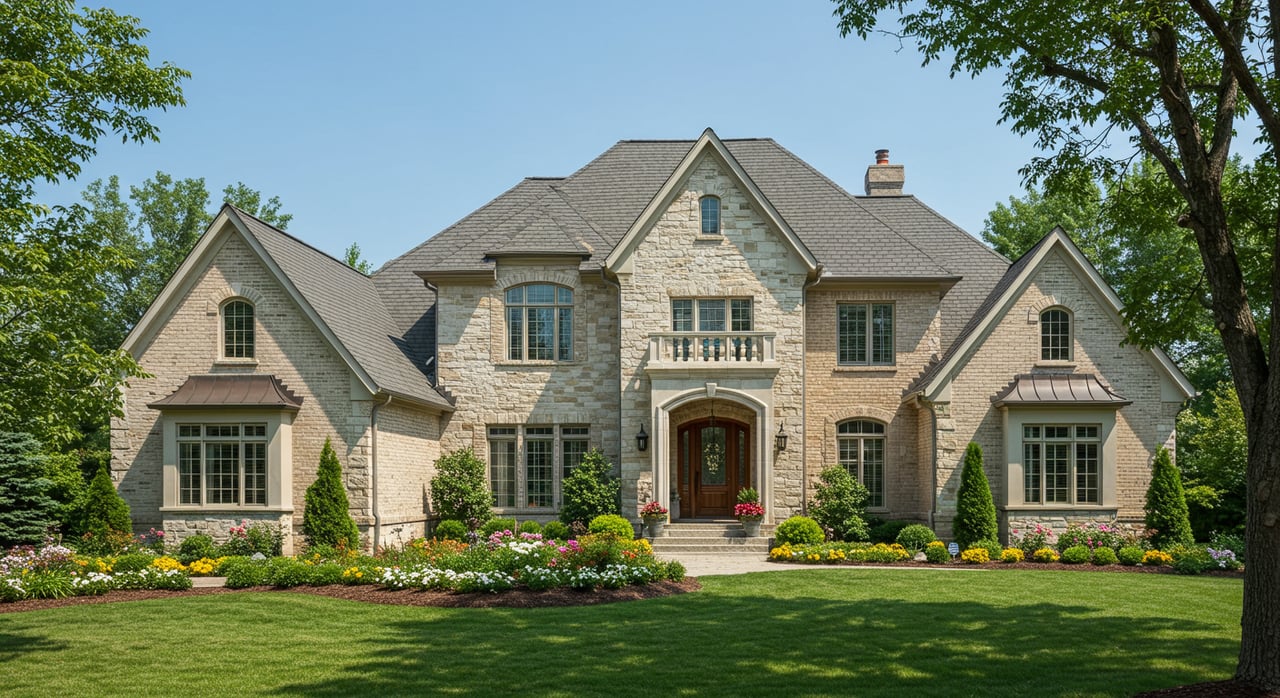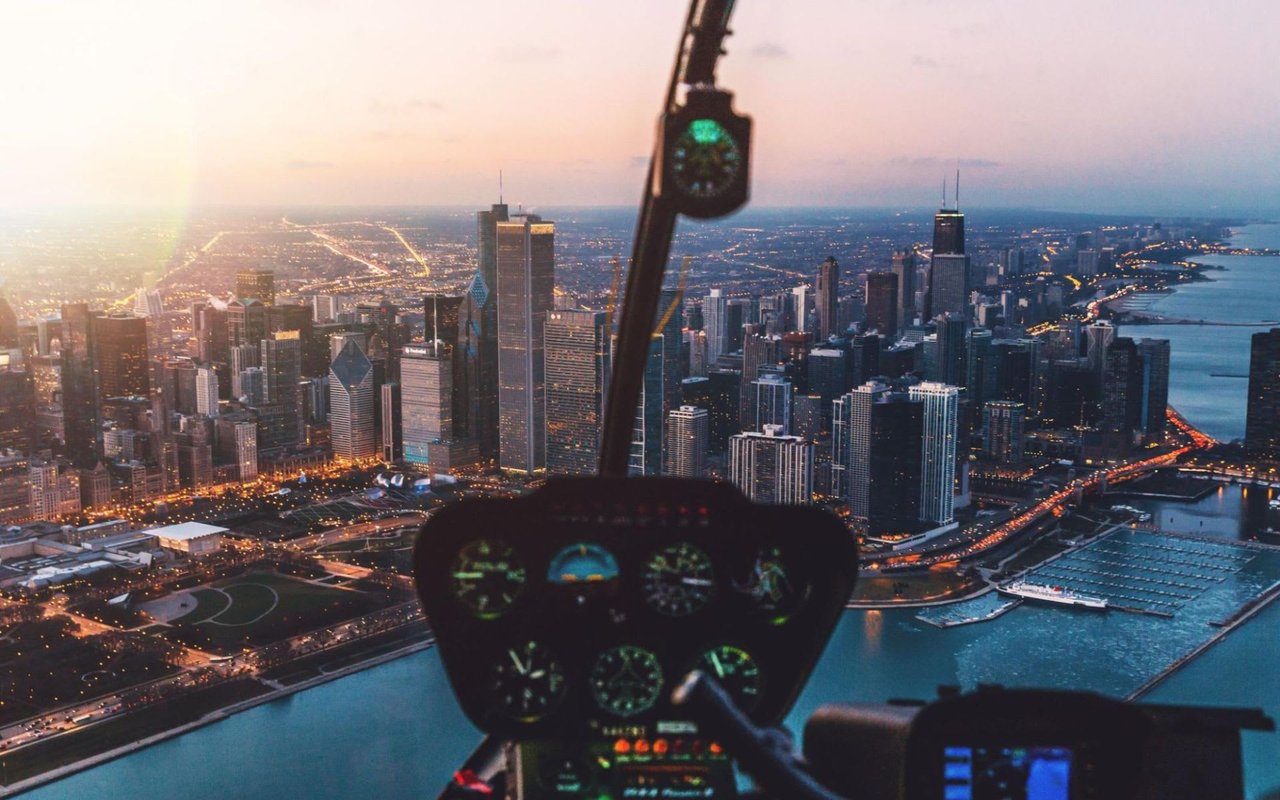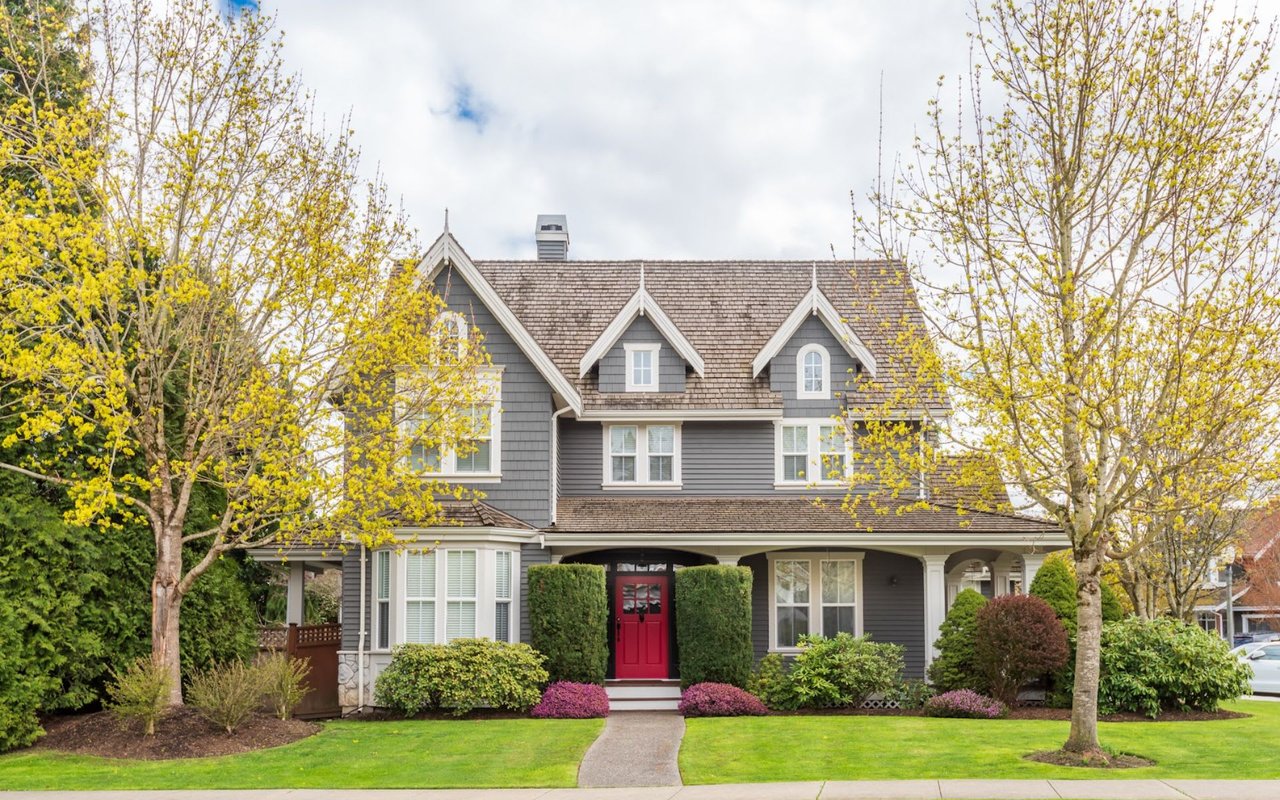The 20th-century chapter of Chicago’s history is written in beloved communities like Jefferson Park, Edison Park, and Norwood Park. By the 1910s, buildable land was becoming a scarce and expensive commodity in Chicagoland. During that time, a new type of dwelling developed to meet the demands of the ongoing population explosion.
With characteristic American ingenuity, architects of Chicago real estate rose to the challenge and introduced the bungalow — a cozy, charming, well-designed home that maximized available land, provided comfortable living space, and offered an affordable option for home ownership. As young GIs returned from World War I (ready to settle into civic family life), the bungalow was the Chicago real estate of choice. The urban living experience was redefined, and the sheer number of bungalows built around the city led people to associate Chicago with this housing style.
Chicago real estate expert Trisha Kannon invites you to learn more about this fascinating bit of Chicago history.
Historic bungalow types
Over the first three decades of the 20th century, the basic bungalow design evolved to meet Chicagoans' style and function demands. If you are out and about looking at homes for sale in Chicago, you’ve no doubt noticed some differences among the bungalow styles. They can be categorized into three basic groups.
Frame/stucco bungalow
This style is the oldest of the three you’ll see in Chicago. Its frame may have wooden siding or a stucco finish topped with a low, gabled roof. Look for the roof’s rafters to jut out decoratively. The front porch, whether small or full-sized, will be supported by square columns.
Detroit bungalow
Named for another city that experienced a population boom concurrently with Chicago, this style predates the Chicago bungalow. Detroit bungalows feature side gables on the roof and pitched dormer windows. Their exteriors may be made of brick, stucco, or wood siding.
Chicago bungalow
The youngest upstart of the bungalow made its debut in 1910 and included a story-and-a-half design with a full basement. The low-pitched roof extends beyond the walls of the house. Beautiful, decorative windows extend across the front of the house, which is rectangular. This bungalow has a brick exterior.
You'll find charming decor variations within the three basic styles of bungalows. Today, the Chicago Bungalow Association, an organization of 25,000 members, helps homeowners protect and preserve their historic Chicago real estate.
What makes bungalows so appealing?
Nostalgia is a significant part of the appeal of these dwellings. Chicago bungalows have been around for over a century. Many of these homes have been handed down over the years. Ideal for family life, they represent four generations of life, work, and community-building.
Beyond the sentimental draw, bungalows offer many practical features that make them an excellent choice for anyone seeking a home for sale in Chicago. Their characteristic brick is highly durable and weather-resistant. Bungalow floor plans often merge living and dining spaces into a long, open room. Working with limited space, bungalow architects stylized windows, bays, nooks, fireplaces, and front porch designs.
Different bungalows can also be customized to meet your needs. You might find a bungalow with a bonus attic space that can become an extra bedroom. Some have a full porch that can be converted into a sunroom, extending the home’s living space in the warmer months.
As one of the first “modern” home styles in Chicago, the bungalow standardized innovations like electricity and plumbing in the city. Bungalow neighborhoods are great examples of urbanism, often yielding convenient access to schools, green spaces, and employers. Today, many of these neighborhoods incentivize the restoration and preservation of bungalows with helpful tax breaks (and via organizations of fellow bungalow owners).
More bungalow facts
Anyone intrigued by Chicago bungalows will be delighted to learn this type of housing has an eclectic past.
-
The Chicago bungalow could aptly be named the “California bungalow,” for the cottage-like design was first popularized on the West Coast.
-
The roots of California bungalows, in turn, can be traced to India. A “bangla” is a thatched-roof Bengali residence adapted and modernized as a British vacation home.
-
More than a century after the Chicago bungalow was introduced, over 80,000 are still being used as family residences.
-
The extensive use of windows in bungalows was a deliberate attempt to improve lighting and enhance residents’ relationship with the outdoors.
-
By emphasizing openness and light, bungalow architects instantiated a stark contrast with the dark and enclosed feel of Victorian houses.
-
Bungalow DIY kits were once included in Sears catalogs, enabling enterprising individuals to order the blueprints and building materials needed to build their own bungalows.
-
In the wake of the 1871 Chicago Fire, brick became the construction material of choice for Chicago bungalows. The adaption proved practical, as brick bungalows are more durable and weather-resistant than those with wood siding.
-
The beautiful angel-gilded windows in some bungalows are particular to Chicago.
How can I find my own Chicago bungalow?
Chicago bungalows generally can be found in a wide arc that extends westward from the northern and southern ends of Chicago. So far, 12 bungalow neighborhoods have been added to the historic register. These properties are ideal if you’re intrigued by owning a piece of Chicago history.
To find the bungalow that’s right for you (or another style of Chicago real estate), contact Trisha Kannon, your local real estate professional. She’ll be happy to give you more insight into how a bungalow can work for your family and help you find your way into the continuing legacy of Chicago history. Give her a call or email today.
*Header photo courtesy of Shutterstock




